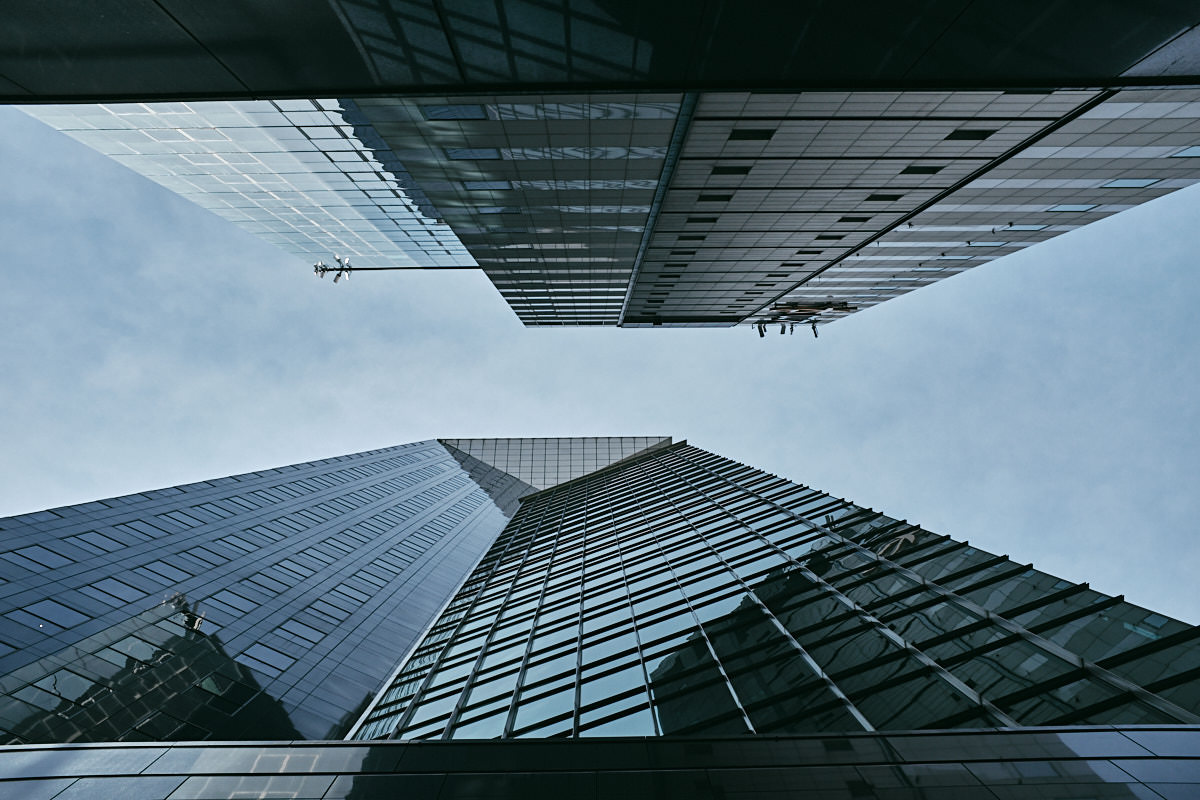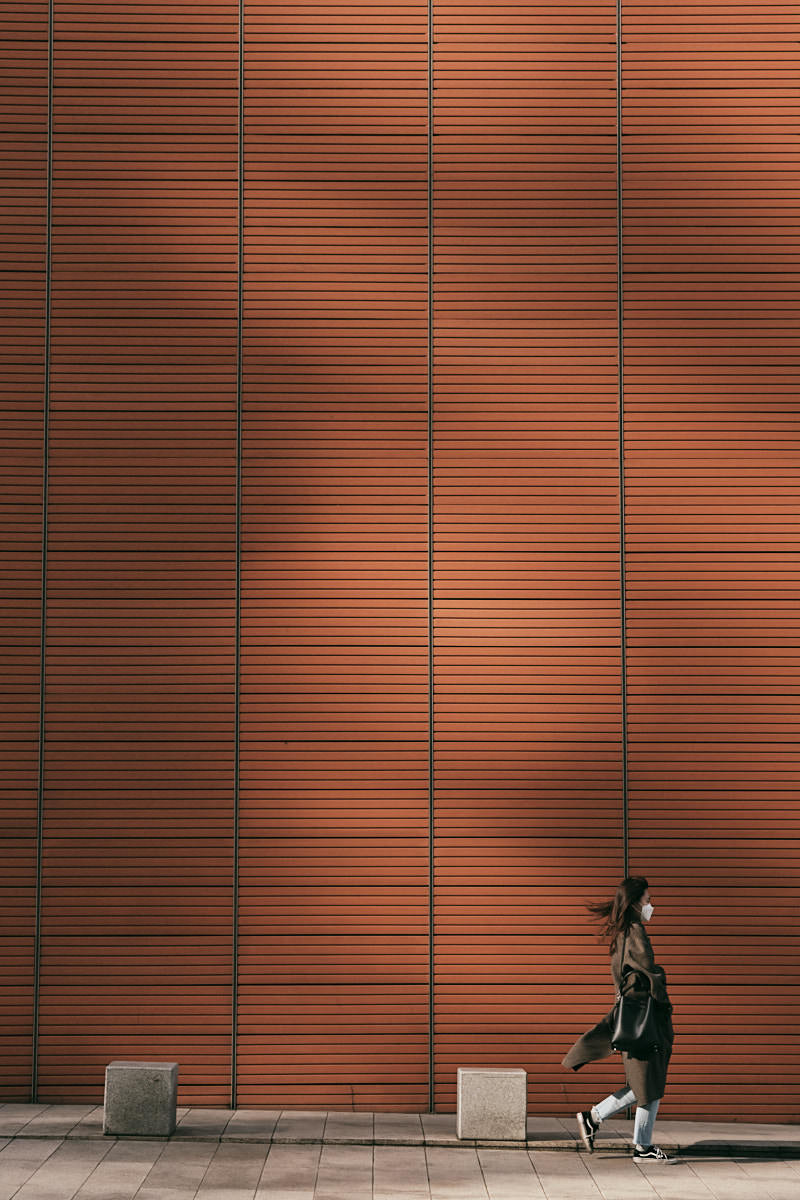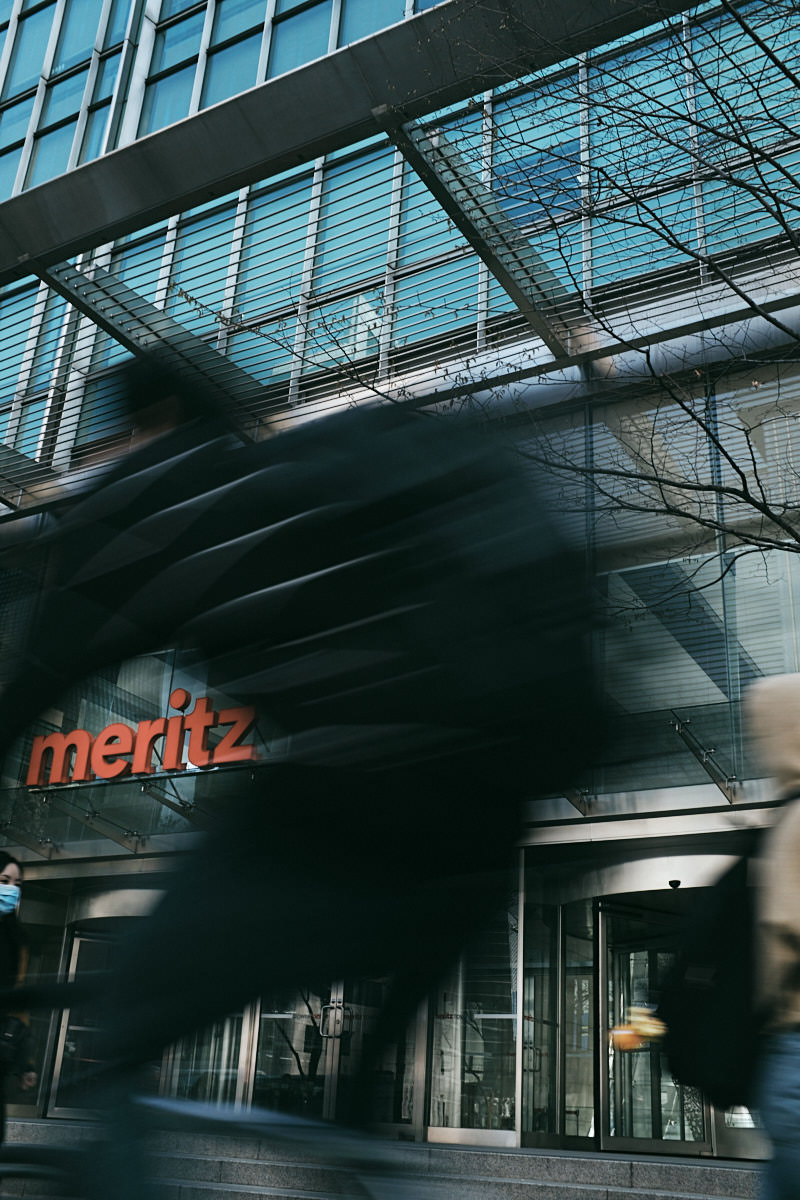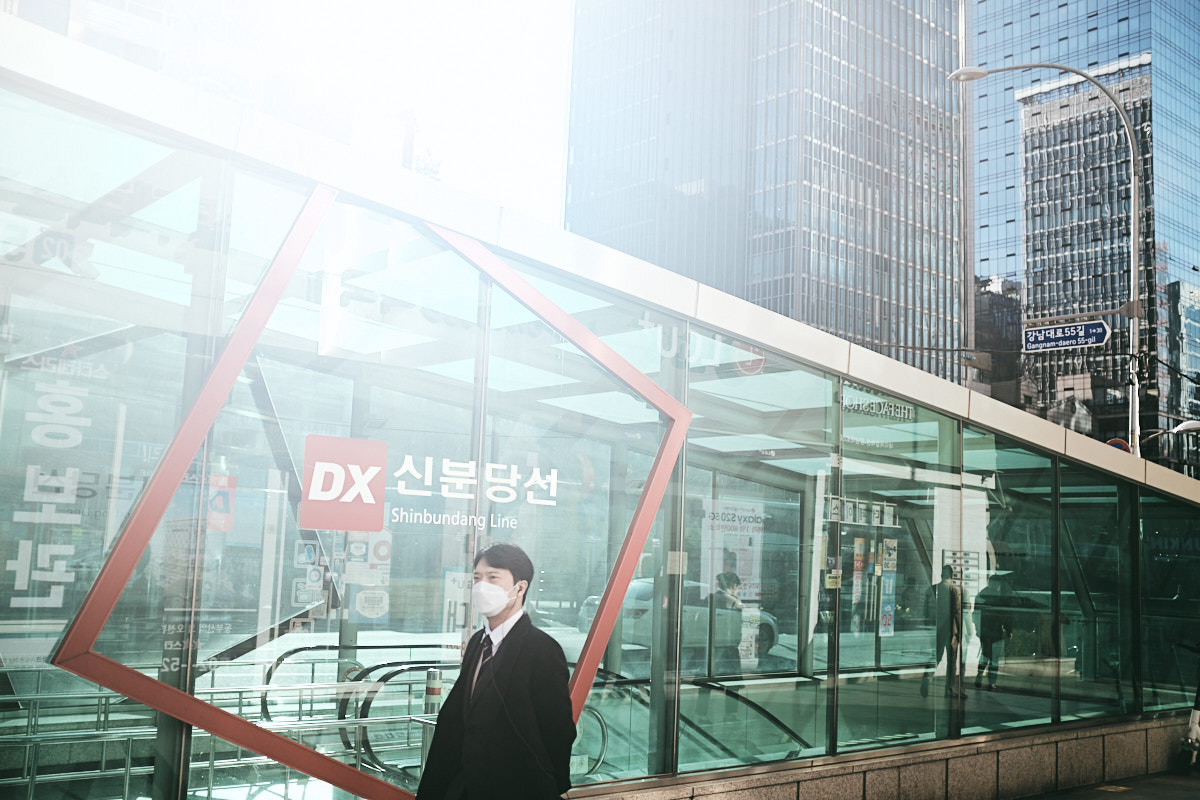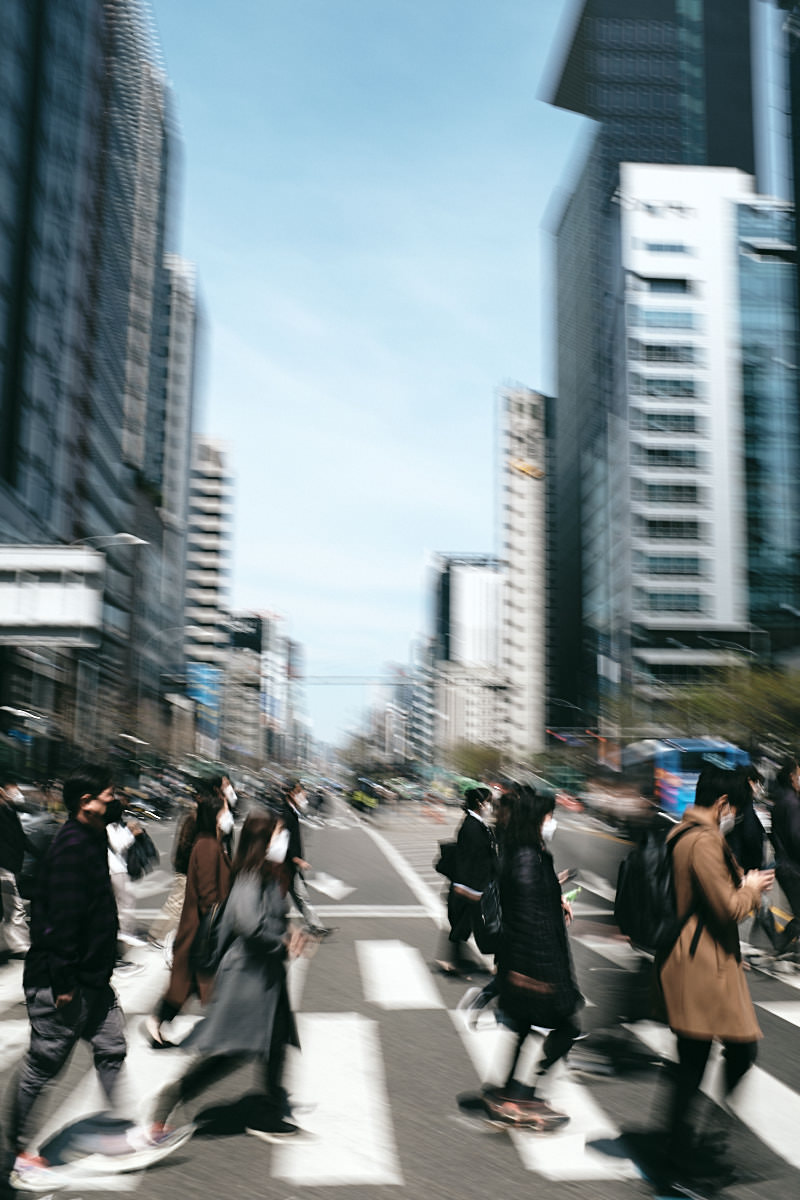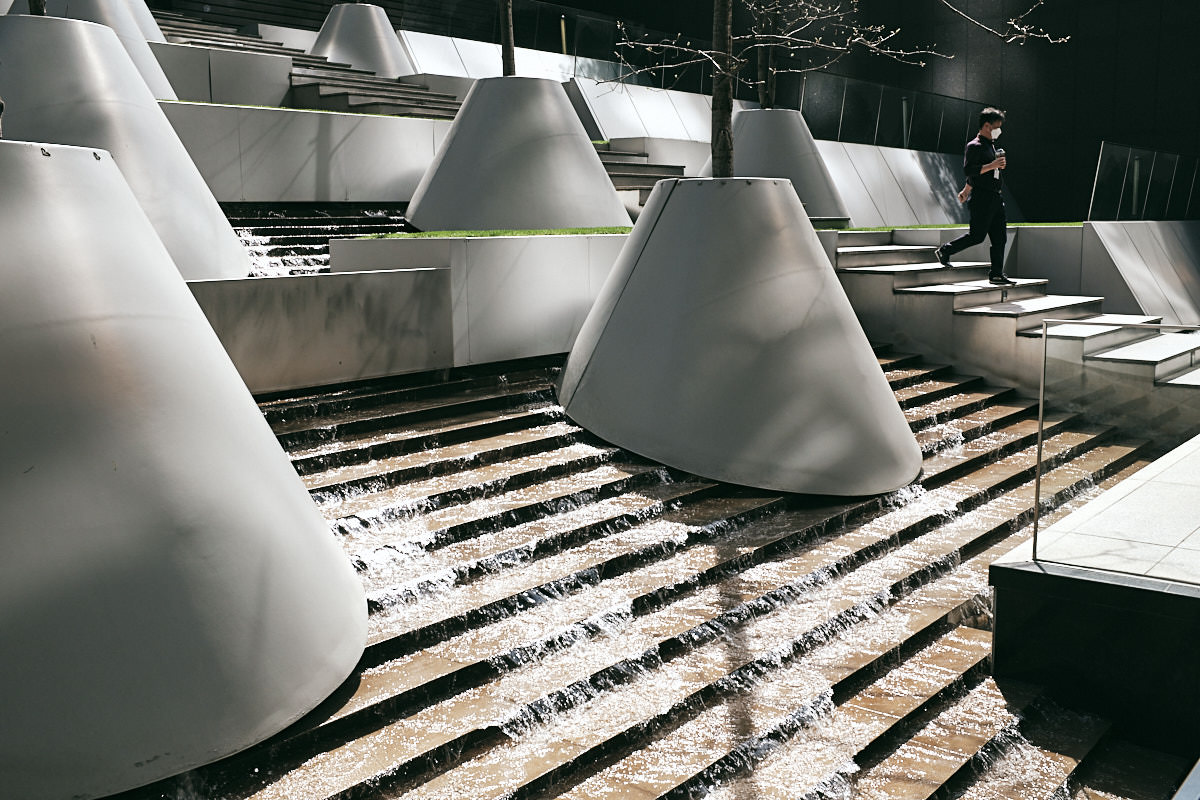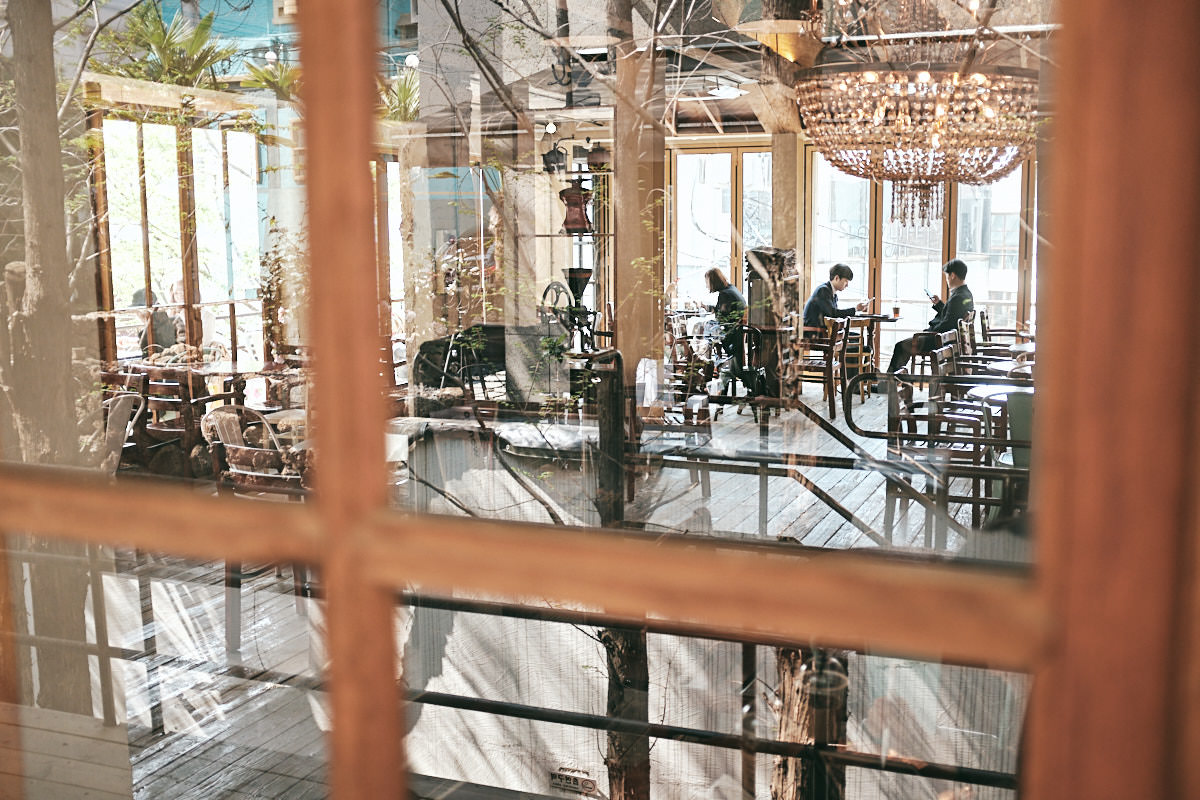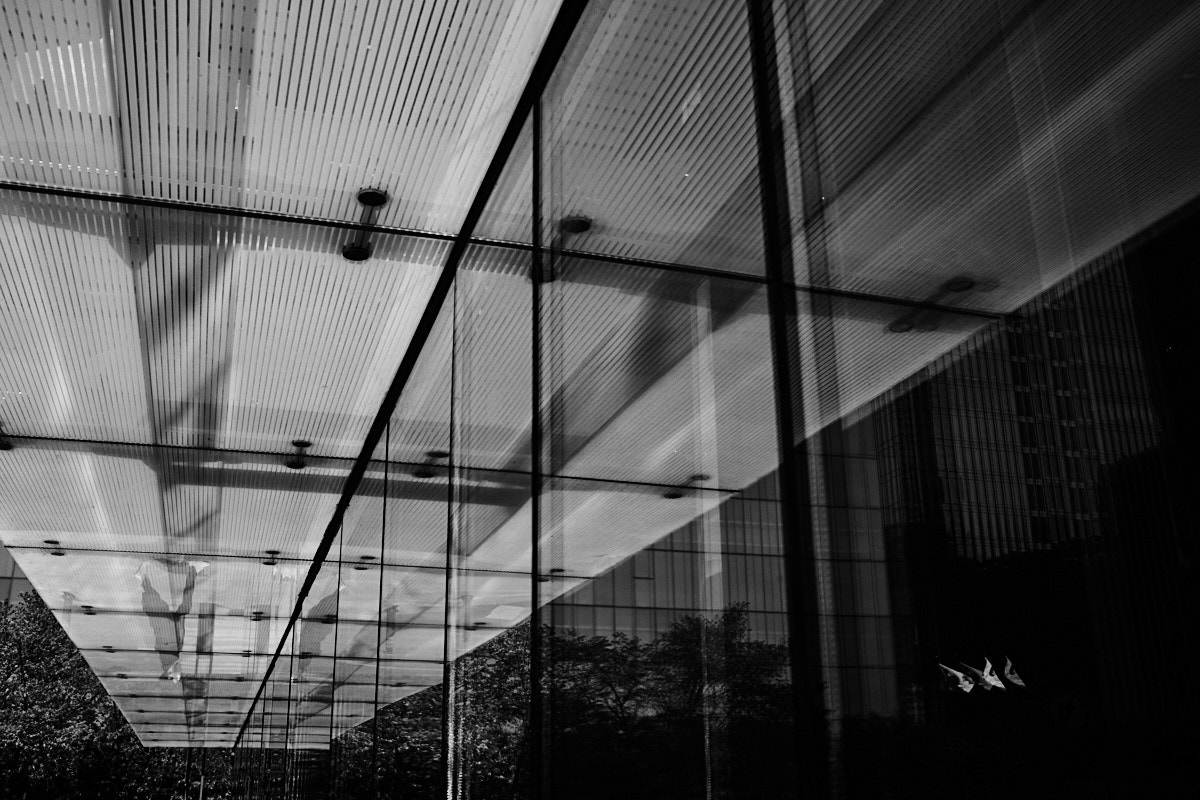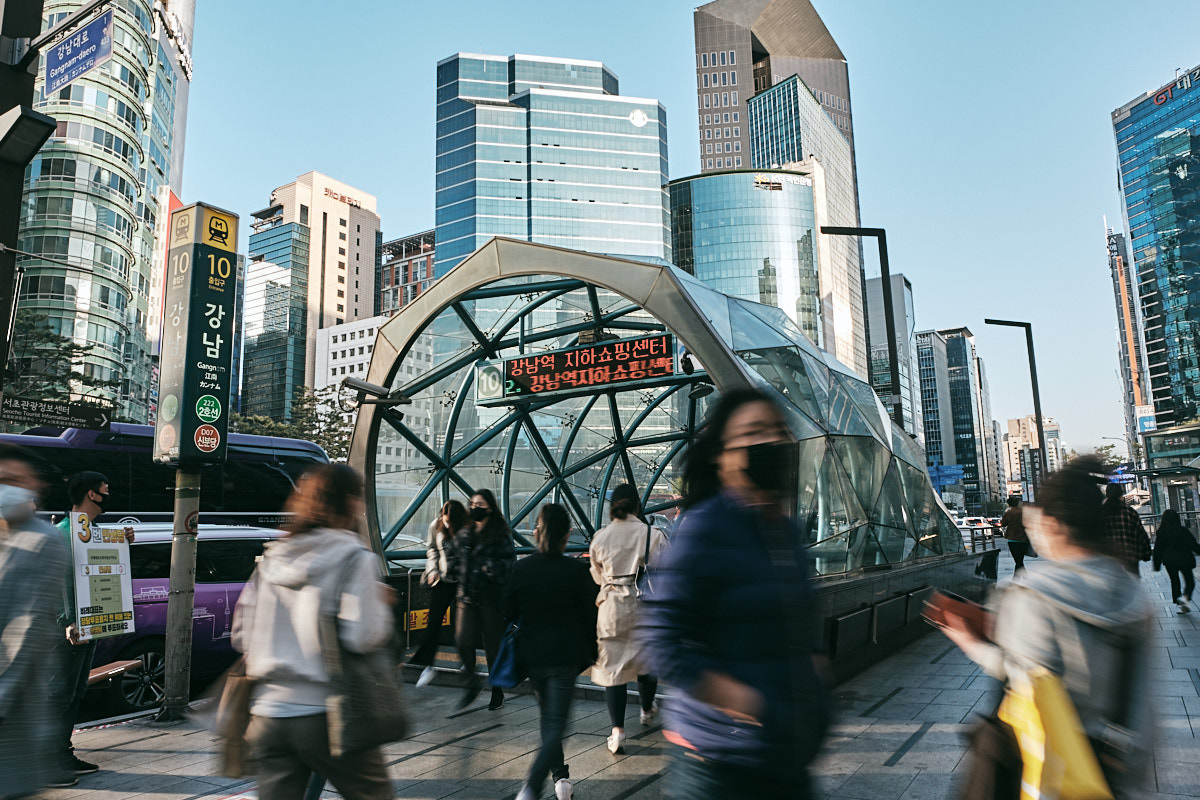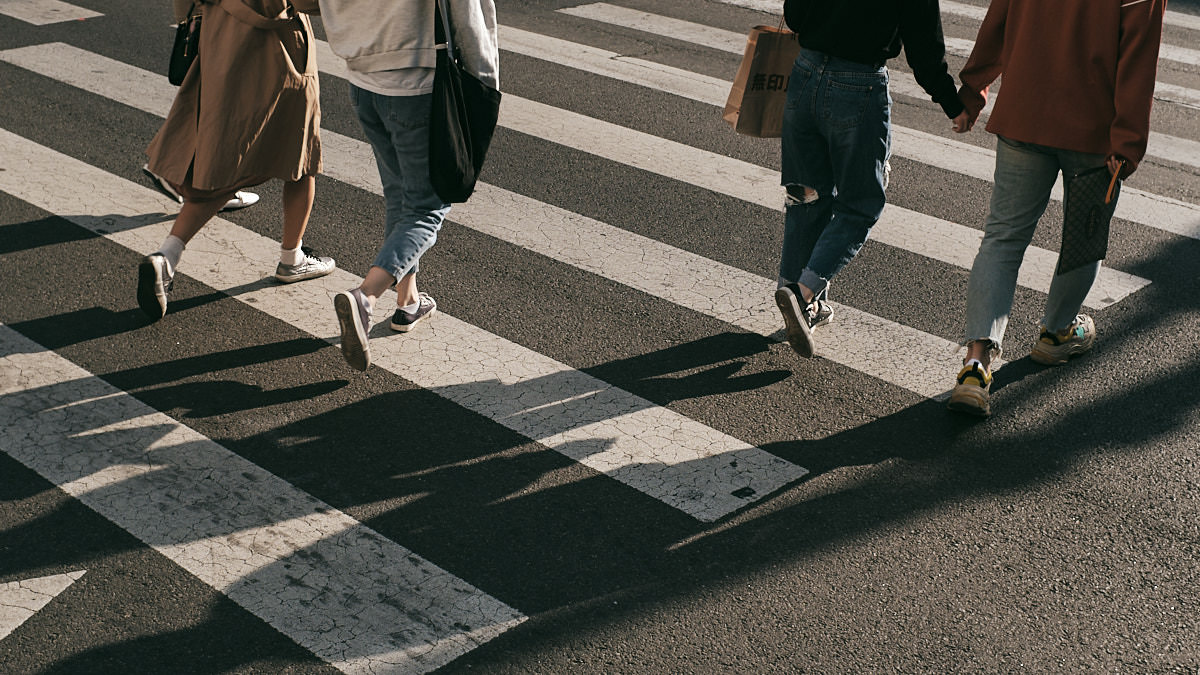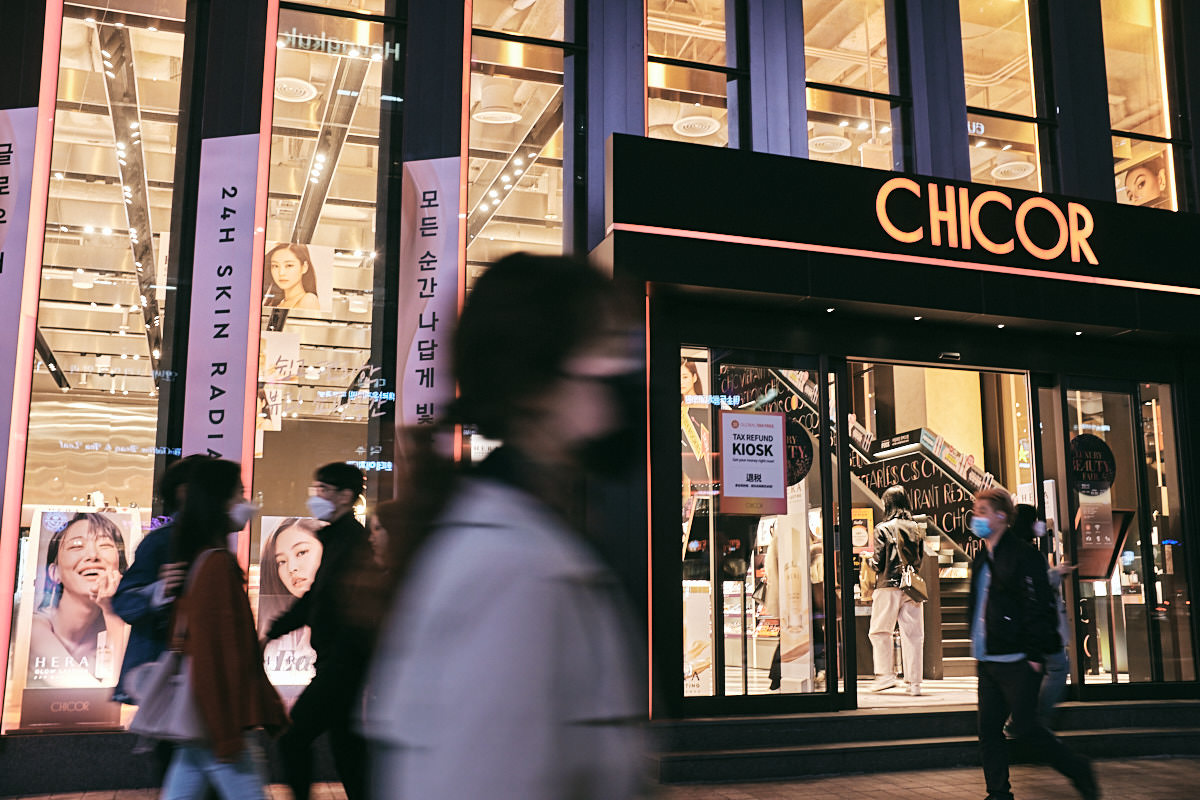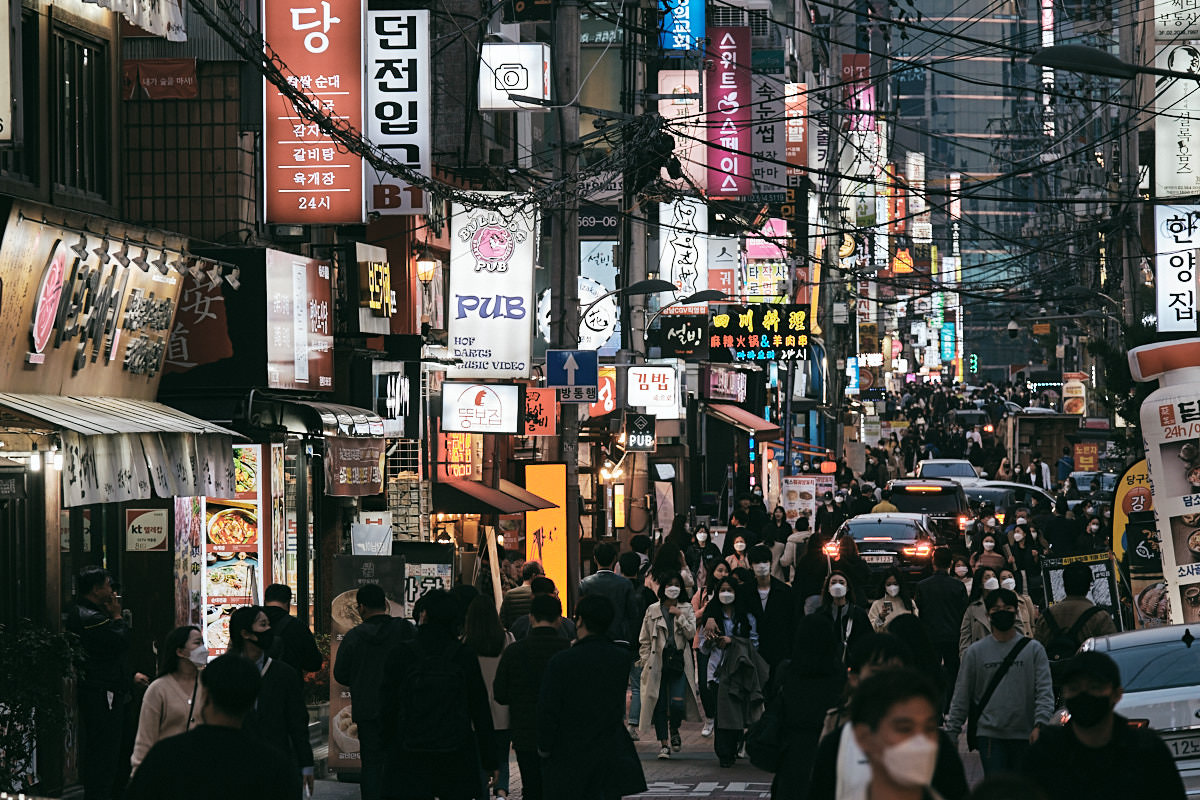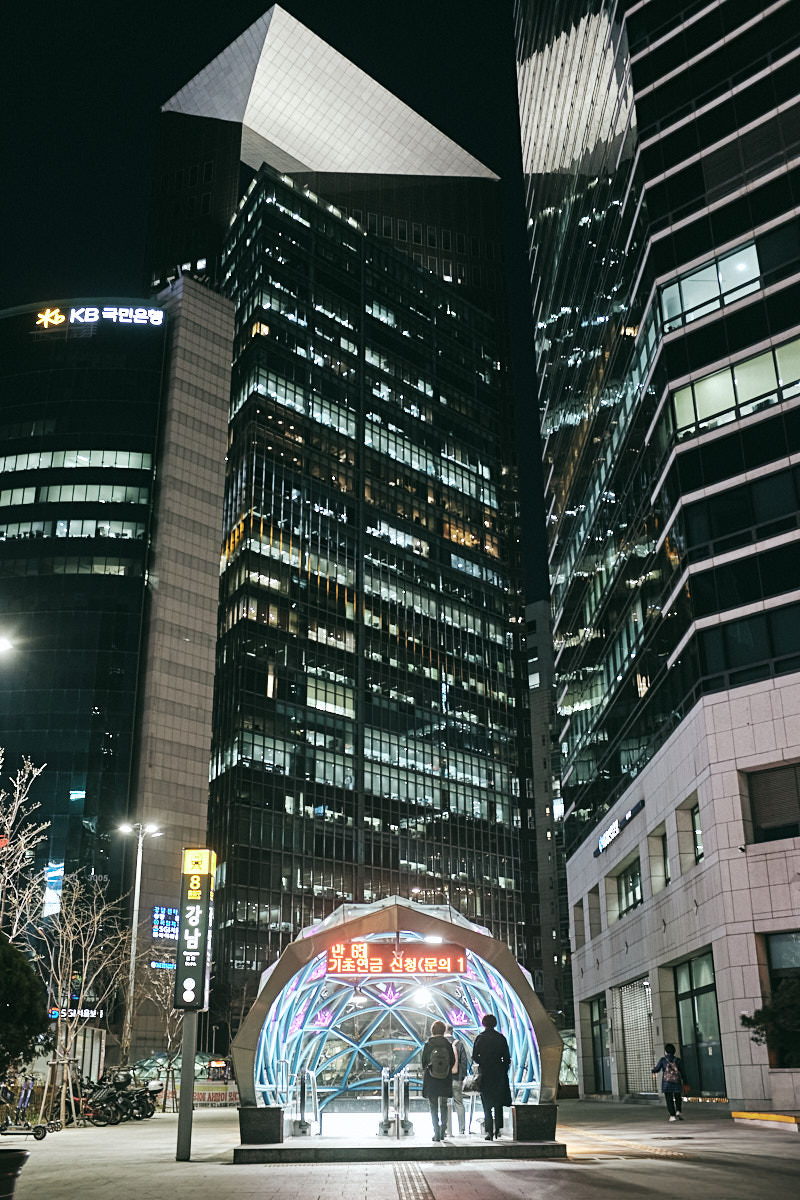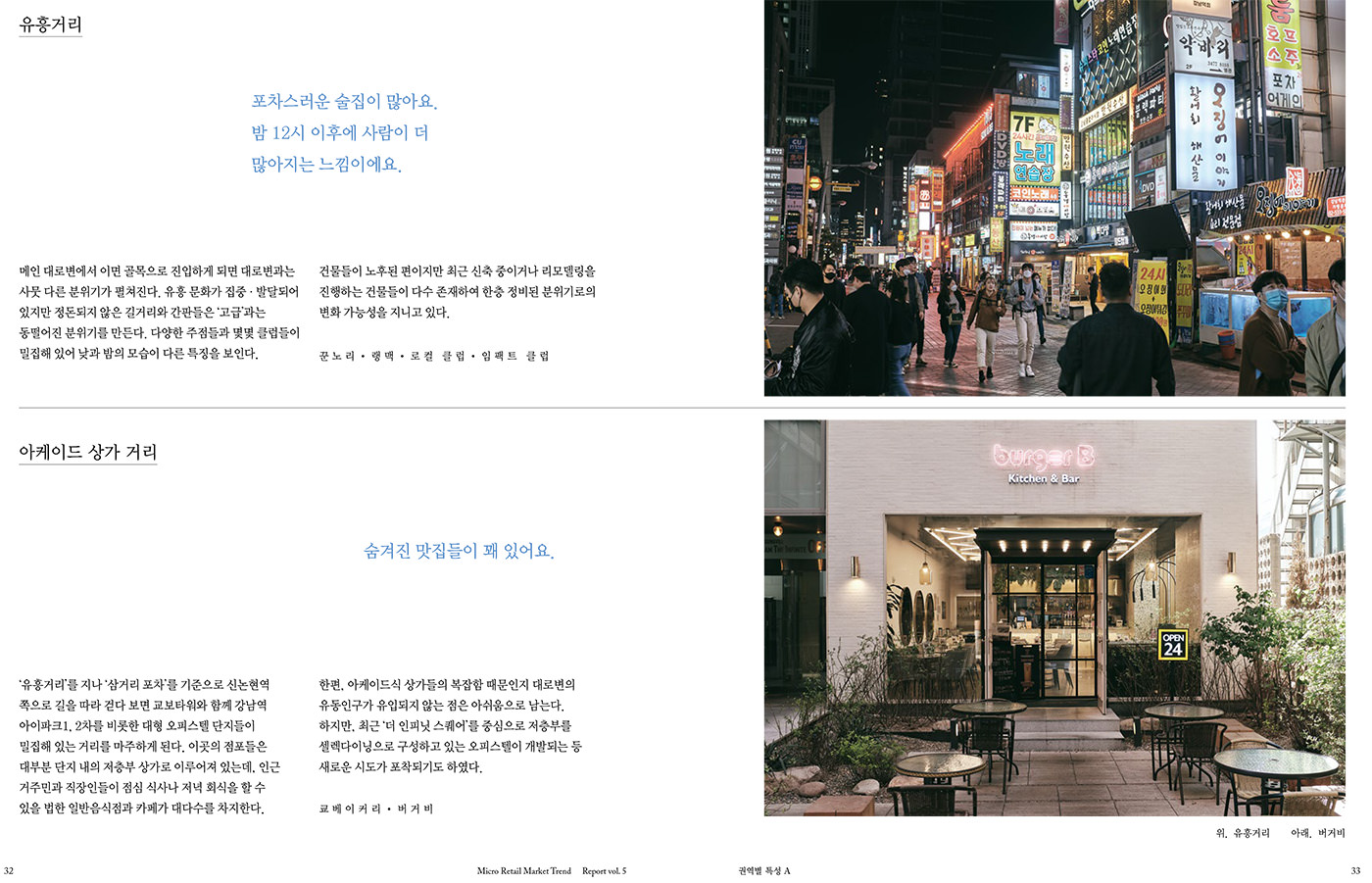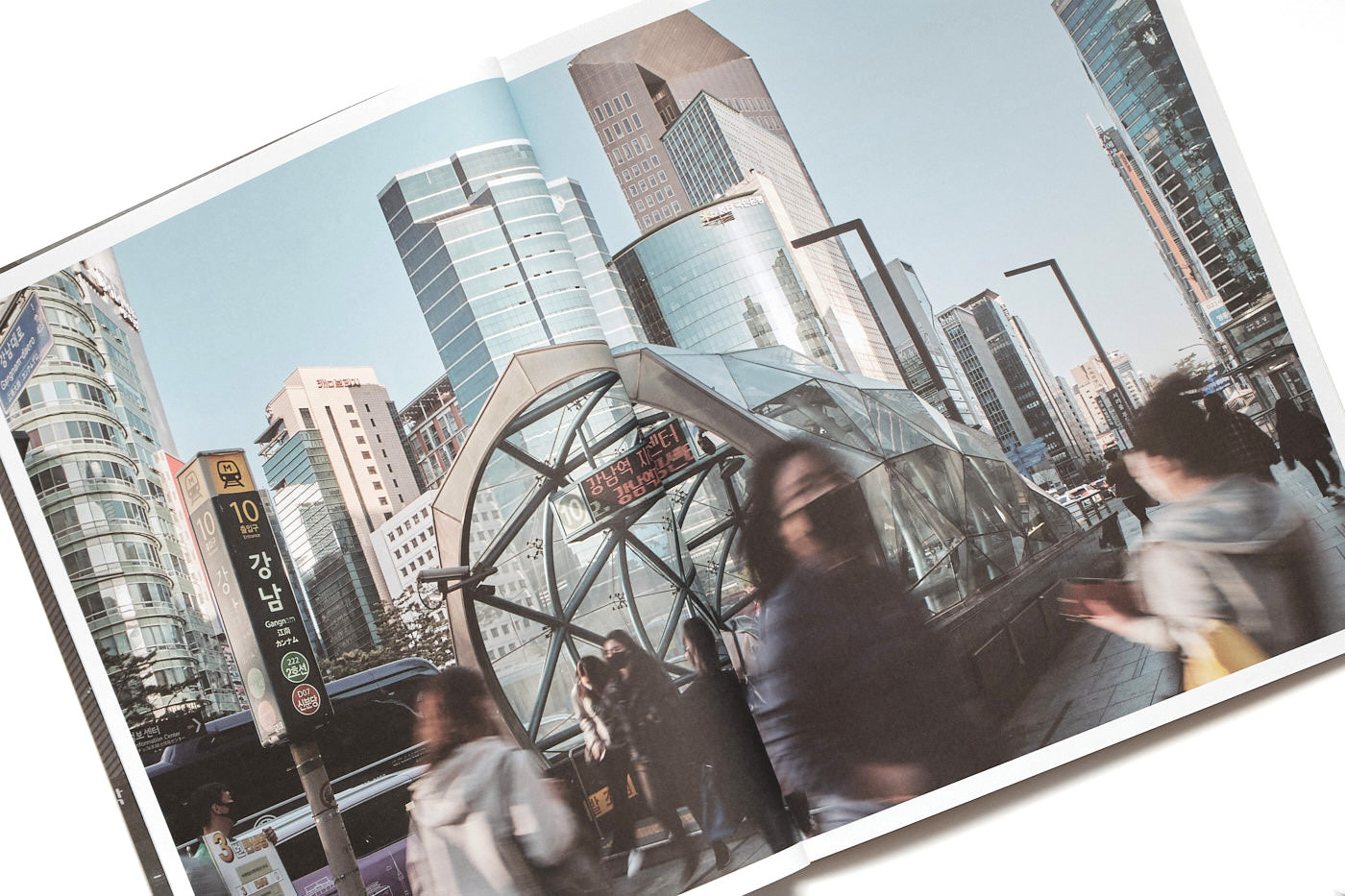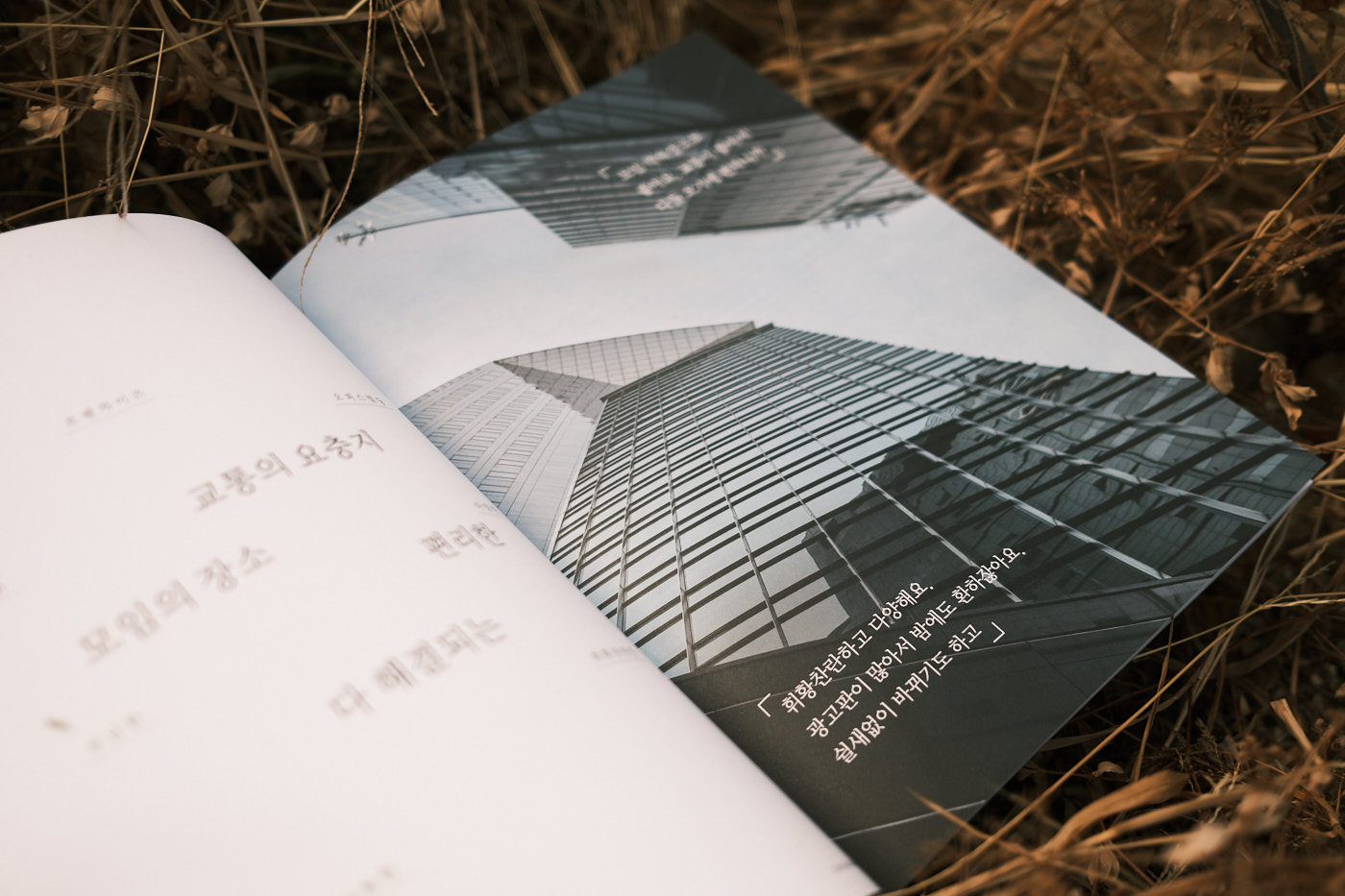
For the past couple of years, I’ve been working with one of the only exclusively print design houses in Seoul, Hong Design, on a magazine called Social Innovation in the Community. It’s been an absolute pleasure to meet so many people who are focused on developing the cities of Korea for more than just profit. It’s also been a great pleasure to work with designers who are focused on print and strive for a simple, meaningful piece of art as their final product. So, when I got the offer to work on another magazine, this time the Micro-Retail Trend Guide for Avison Young, I immediately jumped on board. In this post, I’ll share a few of my favourites from the assignment and a few pages from the final design.
The assignment would be to profile a district in any way I saw fit as long as it described the retail of the area and the people that frequented it. For our first outing, that district would be three blocks surrounding Gangnam Station. Taking my cues from the map I had been given and the few details about the data that would go into the guide, I sat down and thought about what Gangnam Station means to the city and to myself personally.
The area is known for its affluence, shopping, clubbing, pace of life, and of course the Samsung Group Headquarters. Being someone who avoids the area as much as possible, it was going to be a great challenge to bring it to life in images. On top of my personal challenge, there would also be logistical issues such as getting photography access for certain retail spaces (almost impossible in Seoul – and in the end completely impossible) and of course Korea’s “right to one’s likeness” law meaning that we could get into hot water for publishing recognisable faces in the magazine.
The final challenge would be the effects of the COVID-19 pandemic. Masks covering faces would make things easier from a photographic perspective, but this was also going to be the time when the government announced the closing of clubs, so the entire nightlife would feel the effect of that. Businesses were extremely wary of being photographed in case they broke one of the new regulations by mistake, so there were even more restrictions on what I could photograph.
In the end, I decided on a few methods to avoid these issues while still telling the story of the Gangnam Station area. The first of those would be to make use of long exposures to describe how fast things move in the area. The second would be to make use of geometric compositions including people as smaller elements within the overall feeling of the area. Finally, I would either need to photograph large crowds (also helpful for showing the type of commerce in the area) or empty spaces (great for showing the types of spaces).
During the week, this district is mostly frequented by office workers, so I’d be able to get the crowds I needed in the early morning as people arrived, at lunchtime, and as they went home. This also meant that I’d be able to get empty (or nearly empty) retail and dining spaces during the hours in between. So, all that was left to do was pick a few days when the weather was looking good and put in the time.
As I began working on the assignment, a few other things struck me about the area around the station. Seoul is a dense place with everything stacked on top of everything else and every square inch used. However, the Gangnam Station are, despite its wide main streets, takes that density to another level. I would certainly need to express that. Also, with the retail spaces and buildings I needed to include, there would simply be no way to get clean photographs of them because of this. I would need to give them context with passers-by or look at them in a more abstract ways. As the days progressed a full set of images emerged and these are some of the ones I feel express the area.
Have an assignment you need photographed in Korea? Please reach out to discuss how we can work together.


